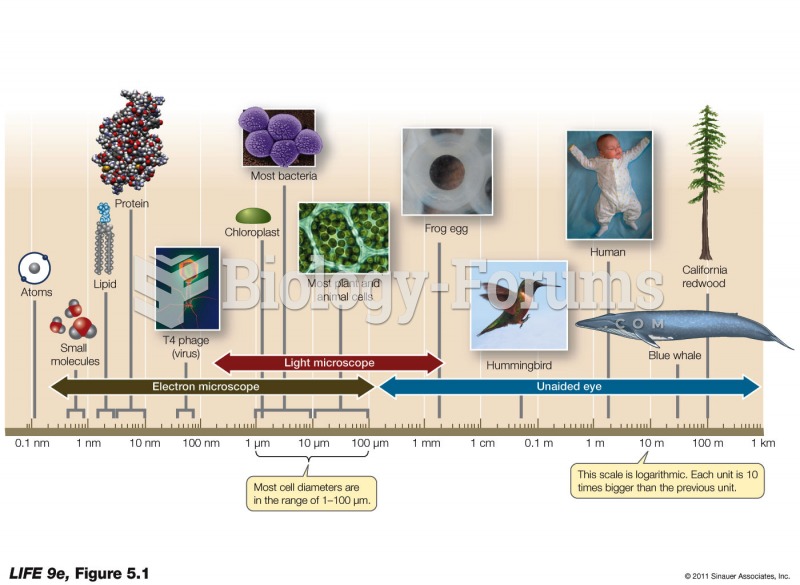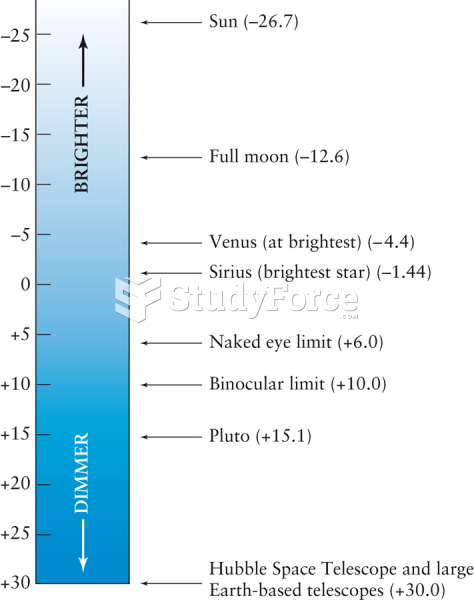Answer to Question 1
Answer: T. Berry Brazeltons NBAS is the instrument that is most widely used by doctors, nurses, and researchers to assess the behavior of newborn babies. It evaluates the newborns reflexes, muscle tone, state changes, responsiveness to physical and social stimuli, and other reactions. The NNNS, an instrument consisting of similar items, is specially designed for use with newborns at risk for developmental problems because of low birth weight, preterm delivery, prenatal substance exposure, or other conditions. Scores are used to recommend appropriate interventions and to guide parents in meeting their babys unique needs.
The NBAS has been given to many infants around the world. As a result, researchers have learned about individual and cultural differences in newborn behavior and how child-rearing practices can maintain or change a babys reactions. Because newborn behavior and parenting combine to influence development, changes in scores over the first week or two of life (rather than a single score) provide the best estimate of the babys ability to recover from the stress of birth. NBAS recovery curves predict intelligence and absence of emotional and behavior problems with moderate success well into the preschool years.
In some hospitals, health professionals use the NBAS or the NNNS to help parents get to know their newborns through discussion or demonstration of the capacities these instruments assess. Parents who participate in these programs, compared with no-intervention controls, interact more confidently and effectively with their babies. Although lasting effects on development have not been demonstrated, NBAS-based interventions are useful in helping the parentinfant relationship get off to a good start.
Answer to Question 2
Answer: Kangaroo care involves placing the infant in a vertical position between the mothers breasts or next to the fathers chest (under the parents clothing) so the parents body functions as a human incubator. In developing countries where hospitalization is not always possible, skin-to-skin kangaroo care is the most readily available intervention for promoting the recovery of preterm babies. Because of its many physical and psychological benefits, the technique is often used in Western nations as a supplement to hospital intensive care.
Kangaroo skin-to-skin contact fosters improved oxygenation of the babys body, temperature regulation, sleep, breastfeeding, alertness, and infant survival. In addition, the kangaroo position provides the baby with gentle stimulation of all sensory modalities: hearing (through the parents voice), smell (through proximity to the parents body), touch (through skin-to-skin contact), and vision (through the upright position). Mothers and fathers practicing kangaroo care feel more confident about caring for their fragile babies, interact more sensitively and affectionately, and feel more attached to them.
Together, these factors may explain why preterm babies given many hours of kangaroo care in their early weeks, compared with those given little or no such care, are more likely to explore novel toys and score higher in mental and motor development during the first year. In an investigation that followed children born preterm until age 10, those who had experienced kangaroo care, compared with matched controls, displayed a more adaptive cortisol stress response, better organized sleep, more favorable motherchild interaction, and enhanced cognitive development. Because of its diverse benefits, most U.S. hospital nurseries now offer kangaroo care to parents and preterm newborns.







